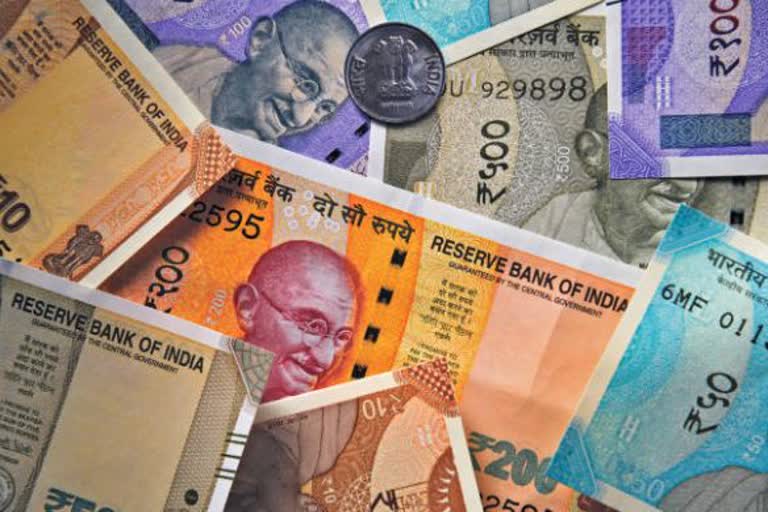New Delhi:Rating agency ICRA on Wednesday said profitability and return on assets (RoA) of public sector banks (PSBs) are likely to remain low during the current financial year on the back of continued provisioning on existing and fresh bad loans.
Provisioning on existing and fresh non-performing assets (NPAs) will consume the majority of operating profits, ICRA said in a statement.
"This would result in overall poor profitability and feeble return on equity (RoE) of less than 1 per cent," it said.
Private sector banks will also face another challenging year due to high credit cost and a muted RoE at 9-10 per cent, notwithstanding 15-30 per cent growth in their net profits during the current fiscal, it said.
Though PSBs on an aggregate basis returned to profit for the first time in the first quarter of the current financial year, after 10 consecutive quarters of losses from third quarter of 2016-17, it said.
"This was a result of a reduction in their net NPA levels by March 2019 upon the sizeable provisioning done in 2018-19. As per ICRA's estimates, the losses before taxes for PSBs stood at Rs 1.15 lakh crore during 2018-19 which were somewhat lower than a capital infusion of Rs 1.27 lakh crore by the Government of India (GoI) and LIC in IDBI Bank," it said.
On the other hand, strong net interest income growth and decline in credit provisions drove a strong 30 per cent growth in profit after taxes for private banks during the first quarter of the current financial year.
Regarding asset quality, it said fresh gross slippages for both PSBs (accounting for about 73 per cent of the total slippage) and private banks rose on a sequential basis during the first quarter, driven by increased slippages in the micro, small and medium enterprises (MSME) segment and the seasonal spike witnessed in the agricultural segment.
The same stood at Rs 85,643 crore, compared to Rs 77,784 crore during the fourth of 2018-19 and Rs 94,756 crs during the first quarter of FY19.
The gross NPAs for both PSBs and private banks rose marginally in percentage terms during the first quarter of the current financial year after declining in 2018-19, mainly because of lower base of advances due to seasonal credit de-growth, it said.
Gross NPAs for PSBs rose to 12.3 per cent of the total gross advances as on June 30, 2018, compared with 12 per cent as on March 31, 2019. For private banks, the NPAs rose 4.2 per cent of their advances as at the end of June 2019 from 4.1 per cent as on March 31, 2019, it added.
With incremental stress emerging from real estate, automobiles, MSME, non-banking financial company and, possibly retail, sectors amid the slowing gross domestic product growth trends and subsequent impact on economic activity and income levels, gross slippages are estimated to remain elevated at 3.2-3.6 per cent of standard advances during 2019-20 as compared to 3.9 per cent in the previous financial year.
As regards credit and deposit growth, it said there has been de-growth in credit outstanding between March and August this year, with non-food bank credit declining to Rs 96.2 lakh crore as on August 16 from Rs 97.25 lakh crore as on March 29.
"The de-growth in bank credit could be because of seasonally weak credit demand during the first half of the financial year or; possibly because of increased credit risk aversion of banks given some of the recent defaults by large borrowers," it said.
In contrast, there has been an improvement in incremental deposit build-up of the banking system, leading to easing in credit deposit ratio to 76.4 per cent as on August 2019 from 77.7 per cent as on March 2019.
Read more:Banks' liquidity surplus set to improve: CARE Ratings
